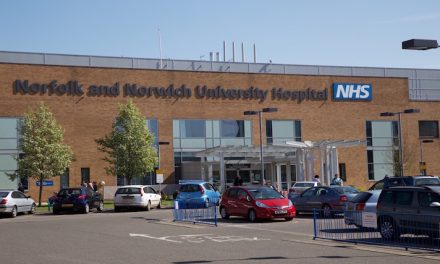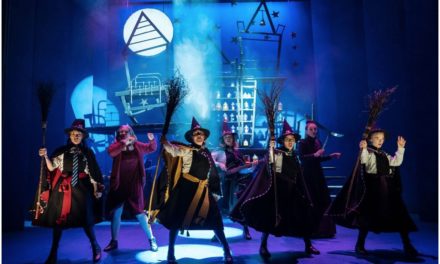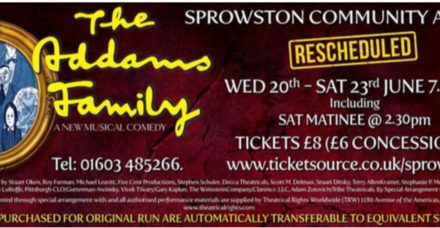After the high energy and pulsating music of the first two sections the mood changes dramatically for Ghost Dances. Three male dancers wearing skull masks, skeletal make-up on their bodies and little else lead this tribute to those who died and suffered during the cruel Pinochet regime in Chile. Yet this is no dour chunk of agitprop but a dance that celebrates the lives, loves and compassion of people whose family life was interrupted or ended by oppression, set to powerful rhythms from traditional Latin American songs. The three powerful skull dancers intersperse with vignettes of daily life. It is a moving work, and speaking later Liam Francis, one of the three skull dancers, confirmed that the company are moved by the intensity and meaning of this dance with every performance – it never gets routine. First performed by Rambert in 1981 this famous work was created by choreographer Christopher Bruce. Now in his 70s Bruce still knows, and can demonstrate, every move by every dancer in this piece, male and female. I watched Liam demonstrate some of the complex movement of the Ghost Dances to the enthusiastic young Legacy group who are based at The Garage. The young dancers learned how Liam came into contemporary dance and became one of the stars of Rambert after seeing some modern dance as a youngster himself. It would be very fitting if one or two of these young lads found themselves dancing with Rambert in a year or two.
Norwich Eye reviews Rambert
When Rambert visit, expectations are high. This company have a deserved reputation as Britain’s national dance company and are also Britain’s oldest dance company, yet their approach is full of youthful energy and innovation.
The current tour shares its name with the final dance of a three section programme ‘Ghost Dances’ – a work first choreographed for Rambert in 1981 by Christopher Bruce.
The performance starts with a delightful work called “The days run away like wild horses” which is based on a fascinating Oscar winning short animated film called Tango (watch it here: https://vimeo.com/90339479). The set is a domestic room where we first see a lad throwing a ball through an open window, jumping in to recover the ball, then tumbling out of the window immediately repeating the sequence. Other characters join him and go through similar looped cycles of movement, covering every imaginable aspect of life from making love to fixing a lightbulb, throwing a paper aeroplane, practising for sport and many others. Choreographed by Aletta Collins this is a fairly new work and a perfect opener to a Rambert show, featuring athleticism, grace and the complex meshing of multiple dances interacting in a confined space.
Symbiosis shows not just the strength but the speed and co-ordination skills of the Rambert dancers with lifts and moves which defy gravity as well as understanding from those of us who are not dancers. Choreographed by Adonis Foniadakis this is a hugely impressive dance, set in front of a dramatic backlit graphic screen. The work is inspired by, and reflective of the patterns of movement in a busy city centre and features a newly commissioned score by Ilan Eshkeri that reminds us of electronica and synthesiser driven music. The other dances in the programme are all equally fast paced and beautiful, with A Linha Curve leaving a lasting impression.
What makes the Rambert Company outstanding is that they make complex and high energy dance moves look so smooth and easy, and their interaction with each other is close, precise and detailed. These are dancers driven by passion to be the best in contemporary dance, and their enthusiasm is infectious.
Rambert will return to Norwich in the new season, maybe with a surprise or two for their enthusiastic audience here. Given the reception for this splendid evening I would recommend booking your seats as soon as possible.
© Julian Swainson 2017






Recent Comments